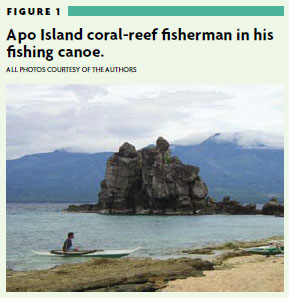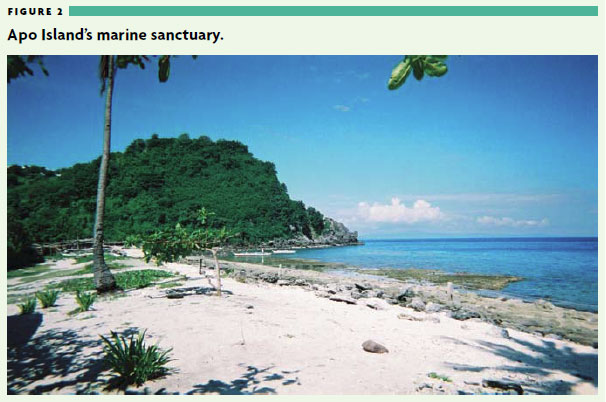Introduction.
There are a few cases which have shown success in attempts to save the environment. These environmental stories help shed light on ecological sustainability and give good examples to be emulated in other parts of the world and serve as a good case study for current and future generations.
The Apo Island Story.
Apo Island is a small fishing village in the Philippines which has one great environmental success story. The Philippines is a tropical sanctuary of coral reefs and sandy beaches; therefore, their coral reef fishery is among the world’s largest fisheries. The Philippines is in trouble whereby most of the fishing villages were dying off, and the fishermen would catch one or two fish from an entire days work. Apo Island came close to facing the same challenges as those encountered in other fishing villages. The fishermen in this island found a method to save their beloved town, thus having a sustainable environment.

Environmental difficulties.
The problems started in 1950, where destructive fishing methods were introduced. These included the use of cyanide and dynamite, which at first were deemed as perfect and effective for fishing, but later lead to an unsustainable environment. The fishery plunged into a severe cycle of damage to the coral habitat, leading to decreased fish stocks, and therefore bringing about the need for more destructive fishing methods in an attempt to catch enough fish to sustain their economy.

Consequences.
The Apo fishermen sustain their economy, started travelling far away into the waters, working longer hours to locate places which still had enough fish, employing dangerous and harmful methods of fishing and therefore ignoring the health concerns of the coral fishery.
Savior.
In 1980, Angel Alcana, who was a marine scientist at Silliman University, engaged in a two-year dialogue with the villagers of Apo Island to help them save their cherished village. The scientist discussed the problem facing the coral ecosystem surrounding the island and what they could do to stop the problem. He took some of the fishermen to an uninhabited island where he had guarded a tiny stretch of coral reef against fishing activities for a few years. The number of fish was unbelievably impressive, and they helped replenish fish stocks in the island.
In 1982, the villagers tried something similar by designating 450 m of the shoreline, a mere 10
Results.
After three years, the sanctuary had an overflow of fish, improving the fishing experience near its edges. This inspired the fishermen to do the same thing to the rest of the island’s fishing grounds. Two rules were formulated as:
- Fishing around the island exclusive to Apo Island residents.
- Abolishment of destructive fishing methods.
With help from a local NGO, the village sought permission to enforce these rules, and the fruits were visible. It took ten years for larger stocks of fish to recover completely. They were successful in turning the story around!